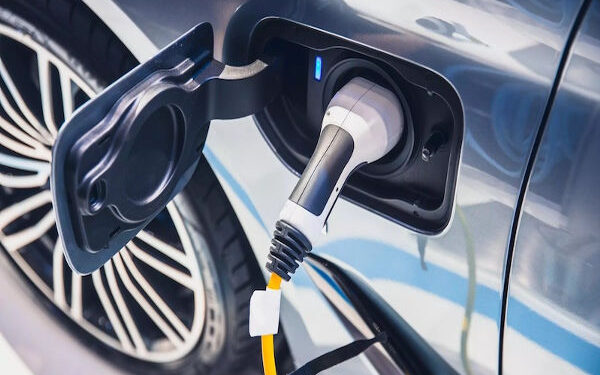An Electric Vehicle (EV) Index for India was published today by HERE Technologies, the industry-leading location data and technology platform, and SBD Automotive, a worldwide automotive research business. On September 9, World EV Day, the Index assesses a selection of Indian states and union territories* according to important variables that affect EV adoption and use.According to the HERE–SBD EV Index, Chandigarh, Goa, Delhi, Maharashtra, and Karnataka are the top five Indian states and union territories overall.The states and union territories that rank lowest overall in India according to the HERE–SBD EV Index are Arunachal Pradesh, Assam, Bihar, Jharkhand, and Sikkim.The EV Index, which calculates data on all EVs, including two- and three-wheelers, from 2023 and 2024.
1. The length of each route in terms of public EV chargers and the distance you have to drive to find one.
2. The average power capacity of public EV chargers determines how fast you can charge.
3. The fleet share of ba (BEVs) is the proportion of BEVs on the road relative to internal combustion engine cars.
4. Probability of discovering an empty charger: the proportion of registered electric vehicles to public chargers.
Highlights of the SBD EV Index for HERE
With a remarkable score of 81.9, Chandigarh tops the country according to the 2024 Index. The reason behind Chandigarh’s success is its all-encompassing Zero Emission Vehicle (ZEV) Deployment strategy, which offers substantial incentives for EV purchases and the creation of charging infrastructure. The outcome of this calculated strategy is Chandigarhpage2image1825379568.
attaining the most number of chargers per BEV, with 148 chargers servicing a rather tiny population of 179 BEVs, in addition to taking first place overall.
With the greatest fleet penetration rate of BEVs at 0.049% of all vehicles, Rajasthan stands out in terms of vehicle population. This accomplishment demonstrates the state’s dedication to creating an atmosphere that encourages the adoption of EVs. In contrast, Uttar Pradesh,
Delhi achieved the highest grade for charger infrastructure access and has made significant strides in improving its electric vehicle infrastructure. Range anxiety, or the worry of running out of battery power before locating a charging station, is one of the main obstacles to the mainstream adoption of electric vehicles. Delhi addresses this issue by providing EV drivers with convenient access to charging facilities, with one charger for every 12.5 km of road.
State scores for average charger power capacity are high in places like Manipur, however. Nonetheless, the state’s unequal infrastructure distribution and the requirement for more funding to guarantee wider accessibility are brought to light by the existence of just one charger that has been reported. With an average power capacity of, Chandigarh once again leads among states with a substantial number of chargers.
Governments, automakers, and energy providers all have a significant stake in creating the infrastructure needed for charging electric vehicles in the future. To guarantee that demand for EVs is matched with supply of both vehicles and charging opportunities, this enormous endeavor requires flawless coordination between industry participants as well as with consumers, according to Robert Fisher, Principal for Electrification and Sustainability at SBD Automotive. “As the market moves from early adopters to the majority, government incentives and consumer education will continue to play a significant role in accelerating the transition.”
The 2024 HERE–SBD EV Index is more than simply a ranking; it’s a catalyst for educated decision-making in India’s electric vehicle industry, according to Abhijit Sengupta, Senior Director and Head of Business for India and Southeast Asia.
“Innovative solutions will become more crucial than ever to enable this shift as EV usage in India continues to rise. In order to influence the direction of electric mobility in India, EV manufacturers have our unwavering support. We are proud to do this.
The 2024 HERE–SBD EV Index made its debut not only in India but also in the US and Europe, where it offers second-year results that shed light on how the EV scene is changing in these two significant regions.







